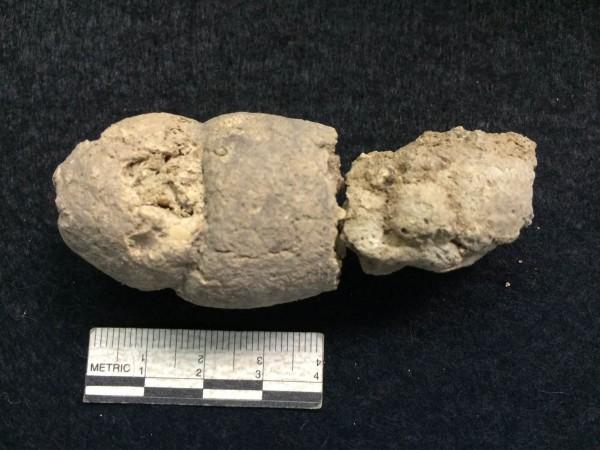
Archaeologists have discovered 1,500-year-old fossilized feces and have examined the bacteria and fungi residing in it.
Scientists have earlier found that thousands of years ago, different native cultures survived in the Great Antilles, Puerto Rico and Dominican Republic and had prehistoric settlements that are now extinct cultures. But the new findings have provided evidence that supports the earlier hypotheses of cultures living in the Caribbean for more than thousands of years ago.
"Although fossilized feces (coprolites) have frequently been studied, they had never been used as tools to determine ethnicity and distinguish between two extinct cultures. By examining the DNA preserved in coprolites from two ancient indigenous cultures, our group was able to determine the bacterial and fungal populations present in each culture as well as their possible diets," says Jessica Rivera-Perez of the University of Puerto Rico, Rio Piedras, who presented the report in American Society for Microbiology.
The fossilized feces were found in Vieques, Puerto Rico along with some hand-made tools and crafts. The existence of two different styles of craftsmanship and some other evidences obtained from the discovery sites, suggested that these artifacts belonged to two distinct cultures.
"The study of the paleomicrobiome of coprolites supports the hypothesis of multiple ancestries and can provide important evidence regarding migration by ancestral cultures and populations of the Caribbean," says Rivera-Perez.
In order to prove the archaeologists hypotheses, Rivera-Perez and her colleagues examined the preserved DNA in coprolites from both Huecoid and Saladoid settlements and compared both bacterial and fungal population in each of the settlements. Some major dissimilarity between the fecal groups was found, which suggested that both the fecal communities had different origins.
The study was conducted jointly with California Polytechnic State University and University of Puerto Rico, San Luis Obispo and was partially funded by the NIH Grant to the University of Puerto Rico (Research Initiative for Scientific Enhancement Program).
"One culture excelled in the art of pottery; in fact, their signature use of red and white paint helped identify them as descendants from the Saladoids, originating in Saladero, Venezuela. In contrast, the second culture had exquisite art for crafting semiprecious stones into ornaments, some of which represented the Andean condor. This helped archaeologists identify the Bolivian Andes as possible origins of this Huecoid culture," Rivera-Perez added.
The new findings have revealed more about the ancient cultures and have helped researchers learn about a particular culture's diet and how differed they were from neighboring settlements.
This research was presented in the 2014 General Meeting of the American Society for Microbiology held from 17-20 May 2014 in Boston, Massachusetts.















